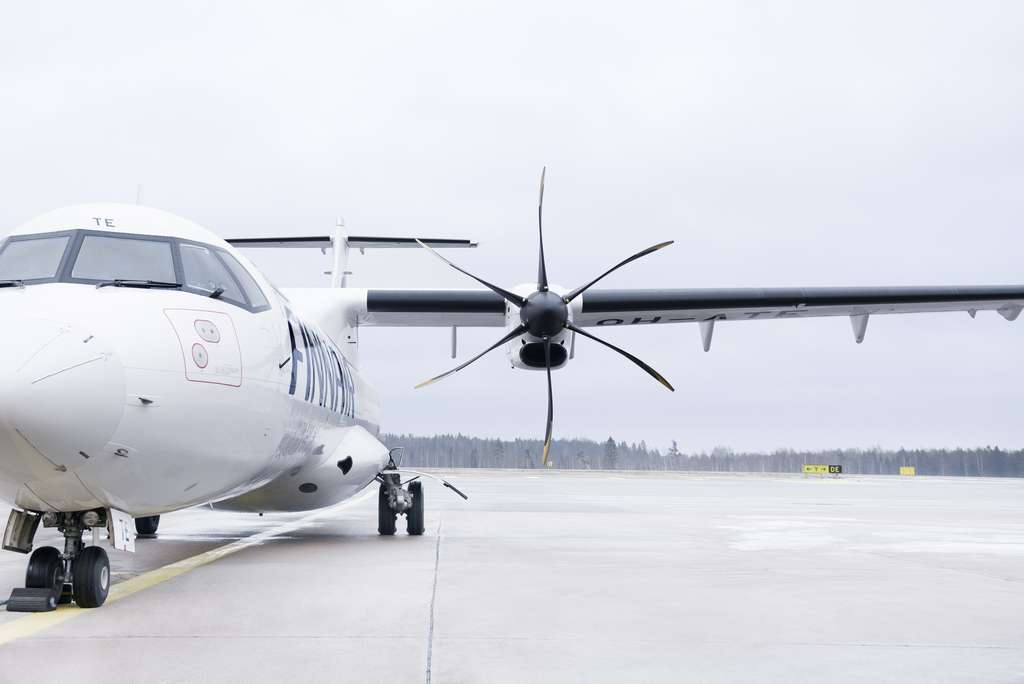Tartu, Estonia’s second-largest city, will welcome back Finnair flights in June 2024 after a brief pause caused by GPS disruptions.
This technical hurdle temporarily grounded flights, but through collaboration between Estonian and Finnish aviation authorities, a solution was found, ensuring stable flight operations.
Understanding GPS Disruptions
The Global Positioning System (GPS) is a cornerstone of modern air navigation, providing pilots with precise location and altitude data. However, Tartu Airport experienced a unique issue – external interference disrupted the GPS signal, hindering safe and accurate landings.
The exact source of the interference remains undisclosed. Possible explanations include:
- Military Activity: Military exercises or nearby radar installations can sometimes emit signals that interfere with civilian GPS.
- Infrastructure Issues: Construction work near the airport or faulty equipment could also be potential culprits.
- Deliberate Disruption: While less likely, jamming or spoofing of GPS signals can also occur.

The Fix and the Future
The approach methods previously used at Tartu airport were based on GPS signals. As a result, GPS interference in the area sometimes prevented aircraft from approaching and landing at the airport. This led Finnair to suspending flights between Helsinki and Tartu from 29 April to 31 May.
Faced with this challenge, Estonian and Finnish aviation authorities prioritized passenger safety and finding a swift resolution.
The answer came in the form of Distance Measuring Equipment (DME). This reliable, ground-based navigation system transmits radio signals that aircraft can use to determine their distance from a specific point.
DME doesn’t rely on satellites like GPS, making it less susceptible to external interference. Implementing DME as an alternative navigation solution allowed Finnair to resume flights to Tartu with confidence.

Looking Ahead: A Collaborative Approach
“Estonian Air Navigation Services (EANS) has done an excellent job in implementing the alternative method.”
“I want to thank all our partners in Estonia for solving this matter so swiftly,” says Jari Paajanen, Vice President, Operations Control at Finnair.
The resolution of the GPS issue in Tartu highlights the importance of collaboration between aviation authorities. By working together, Estonia and Finland ensured the continued operation of a vital route while maintaining the highest safety standards.
Further investigation into the source of the GPS interference is likely underway. This will not only prevent future disruptions but also contribute to the overall safety and efficiency of air travel in the region.
Smoother Skies for Tartu
Finnair flies to Tartu twice a day, six days per week, and flights are operated by Finnair’s partner Norra with ATR aircraft.
GPS interference has increased clearly since 2022, but it has not impacted the safe operation of flights.
Finnair’s aircraft systems detect GPS interference, and the aircraft has other navigation systems that can be used when GPS interference occurs.
Finnair and Norra pilots are also well aware of GPS interference and know how to prepare for it.
Travelers between Finland and Estonia can breathe a sigh of relief. Finnair’s return to Tartu signifies a return to normalcy for air travel. Passengers can once again enjoy the convenience of direct flights between these two vibrant destinations.

Click the banner to subscribe to our weekly newsleter.

Click the photo to join our WhatsApp channel so then you can stay up to date with everything going on in the aviation industry!









